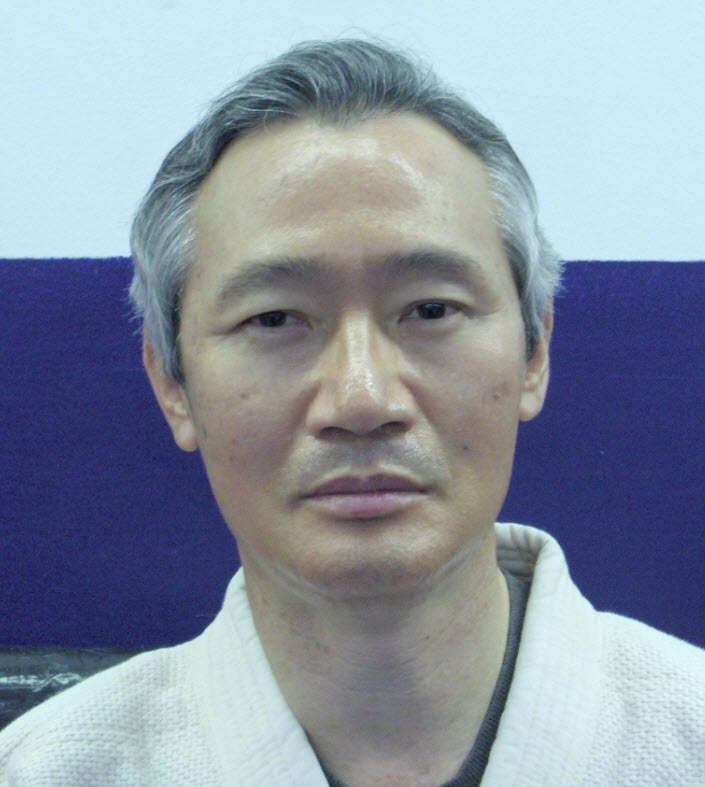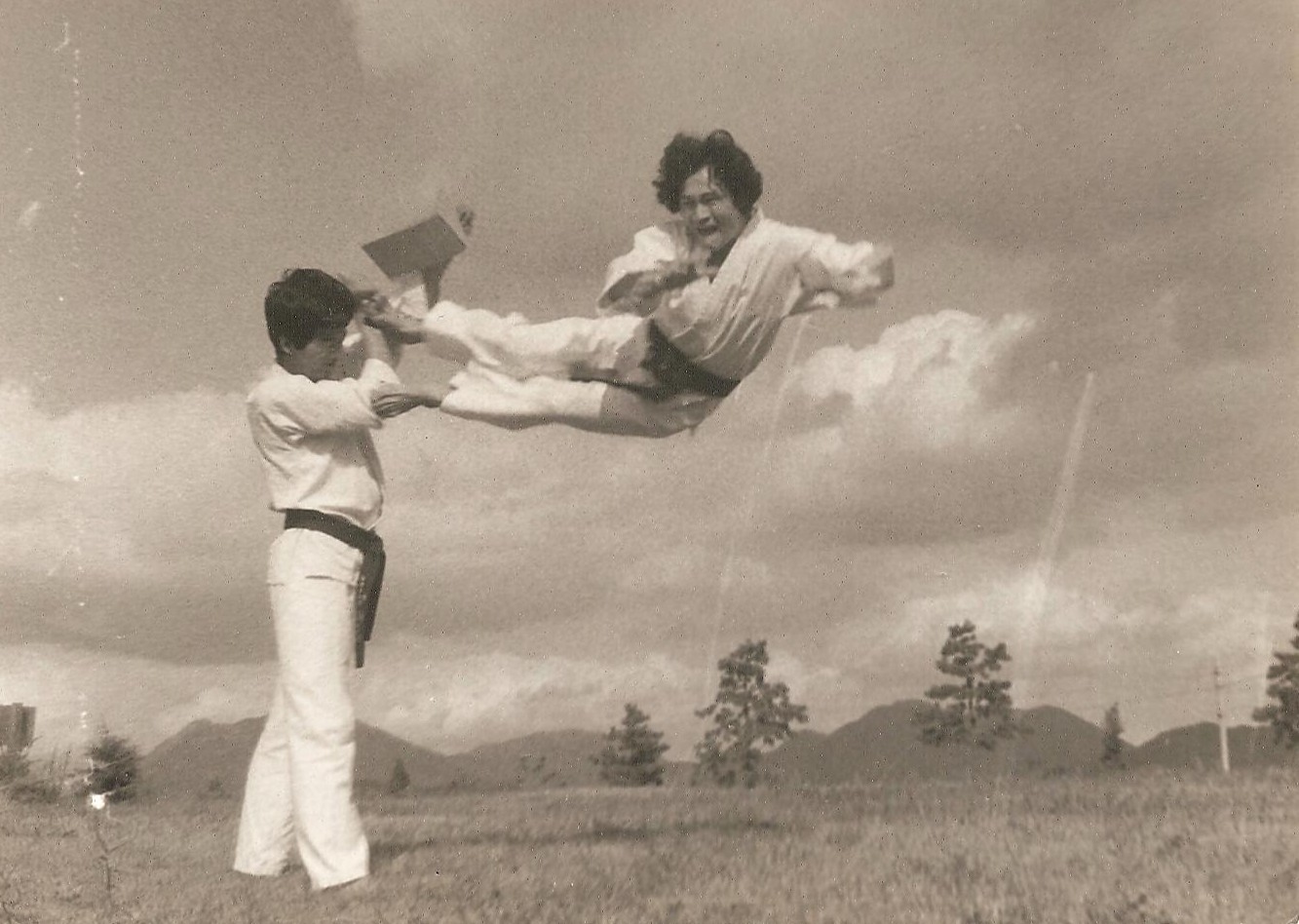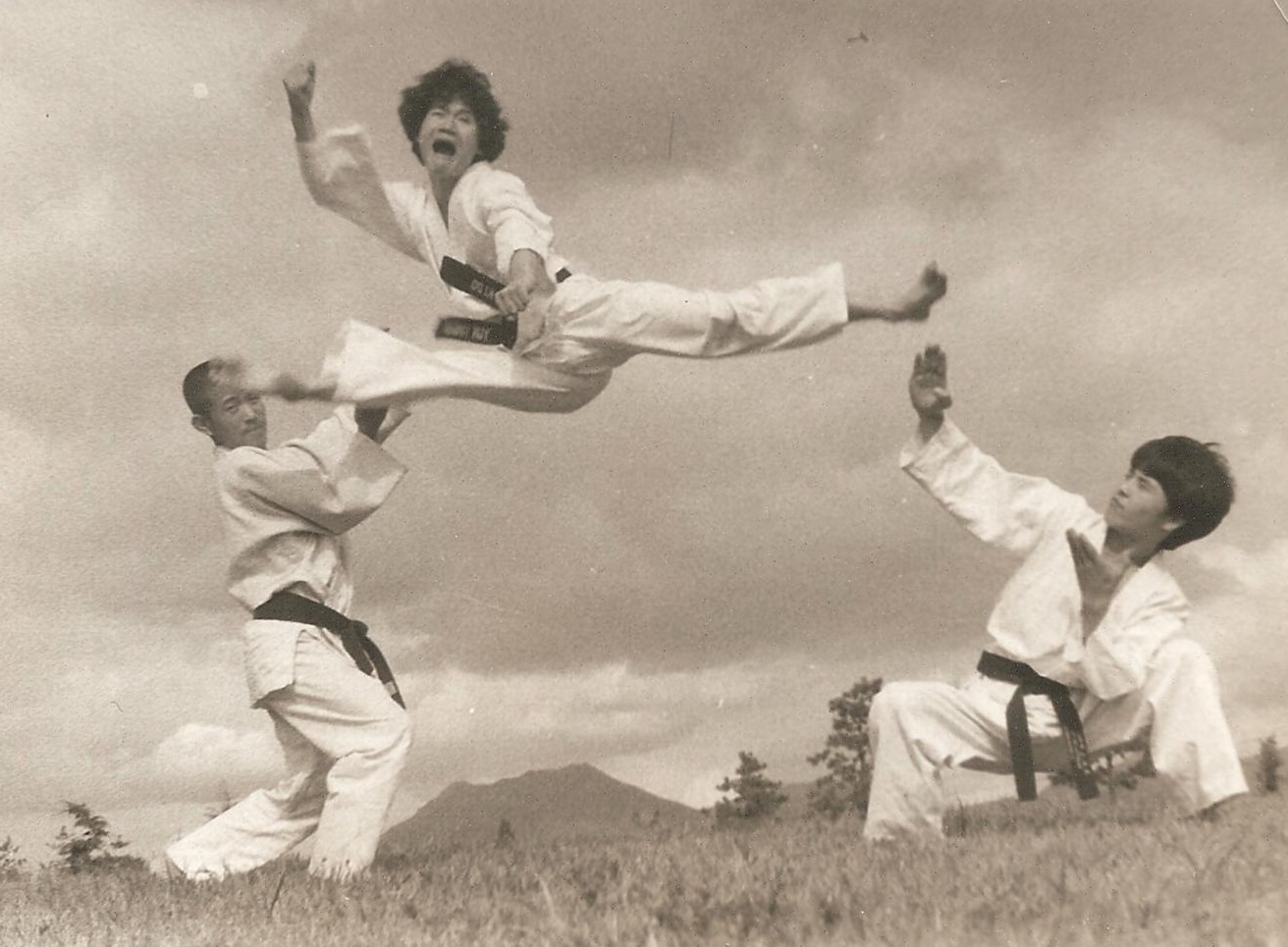Brother's Hapkido
Hapkido: The way of coordinated power.
Hapkido seeks to be a fully comprehensive fighting style and as such tries to avoid narrow specialization in any particular type of technique or range of fighting.? Hapkido includes a vast variety of arm and leg joint locks, throws, kicks, hand strikes, and nerve pressure techniques. Hapkido practitioners train to counter the techniques of other martial arts as well as common unskilled attacks which makes it extremely suitable for self-defense. It can be learned both by men and by women, regardless of their age.
The art of Hapkido evolved from Daio-ryu Aiki-jujutsu taught by Choi Yong Sul who returned to Korea after WWII, having lived in Japan for 30 years. This system was later combined with kicking and striking techniques of indigenous and contemporary arts such taekwondo and tangsoodo.
Typical training sessions will contain technique practice (striking techniques as well as defensive throws and grappling), break falling (nakbop), sparring, meditation and exercises to develop internal energy (ki).
Hapkido is based on three important basic principles:
- The Principle of Nonresistance (Hwa)
- The Principle of the Circle (Won)
- The Principle of Water (Yu)
Hwa, the non-resistance principle, is simply the act of remaining relaxed and not directly opposing an opponent's strength. For example, if an opponent were to push against a hapkido student's chest, rather than resist and push back, the hapkido student would avoid a direct confrontation by moving in the same direction as the push and utilizing the opponent's forward momentum to throw him.
Won, the circular principle, is a way to gain momentum for executing the techniques in a natural and free-flowing manner. If an opponent attacks in linear motion, as in a punch or knife thrust, the hapkido student would redirect the opponent's force by leading the attack in a circular pattern, thereby adding the attacker's power to his own. Once he has redirected the power, the hapkido student can execute any of a variety of techniques to incapacitate his attacker.
Yu, the water principle, can be thought of as the soft, adaptable strength of water. Hapkido is "soft" in that it does not rely on physical force alone, much like water is soft to touch. It is adaptable in that a hapkido master will attempt to deflect an opponent's strike, in a way that is similar to free-flowing water being divided around a stone only to return and envelop it.
"As the flowing stream penetrates and surrounds its obstructions and as dripping water eventually penetrates the stone, so does the hapkido strength flow in and through its opponents."
Grand Master Yoon |
 |
 |
 |
 |
Search in Brother's TaeKwonDoˇG
|

